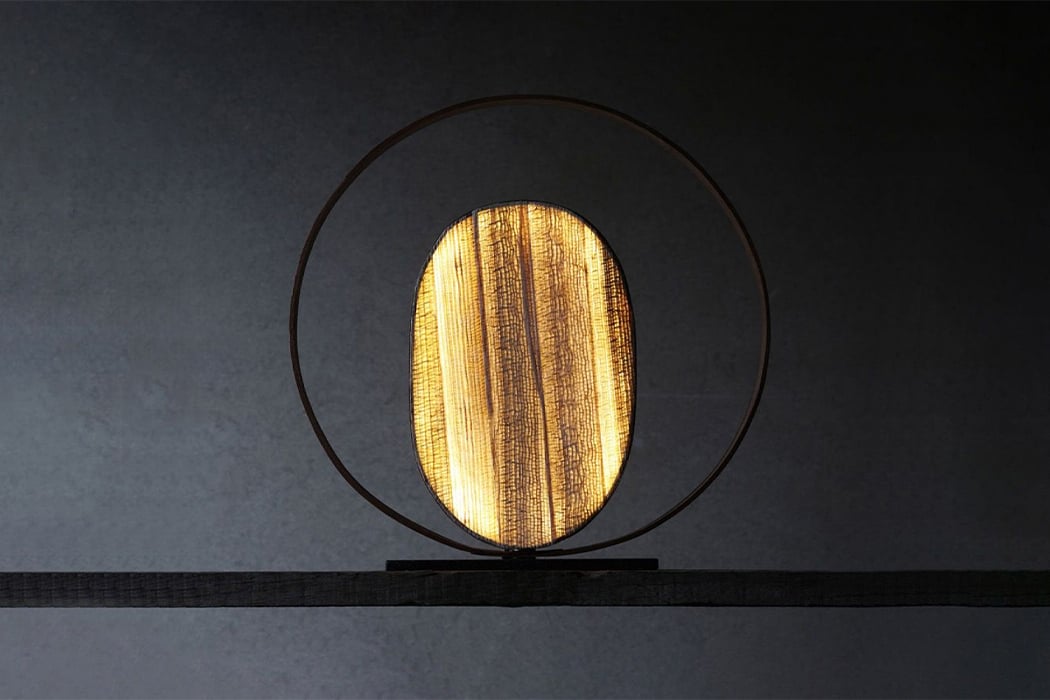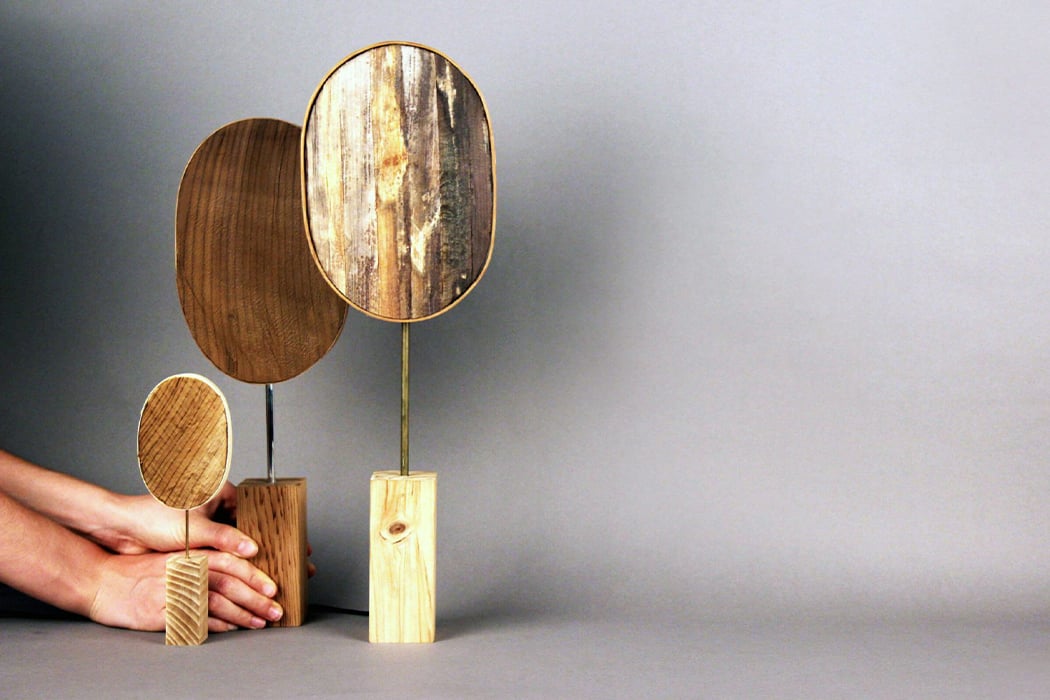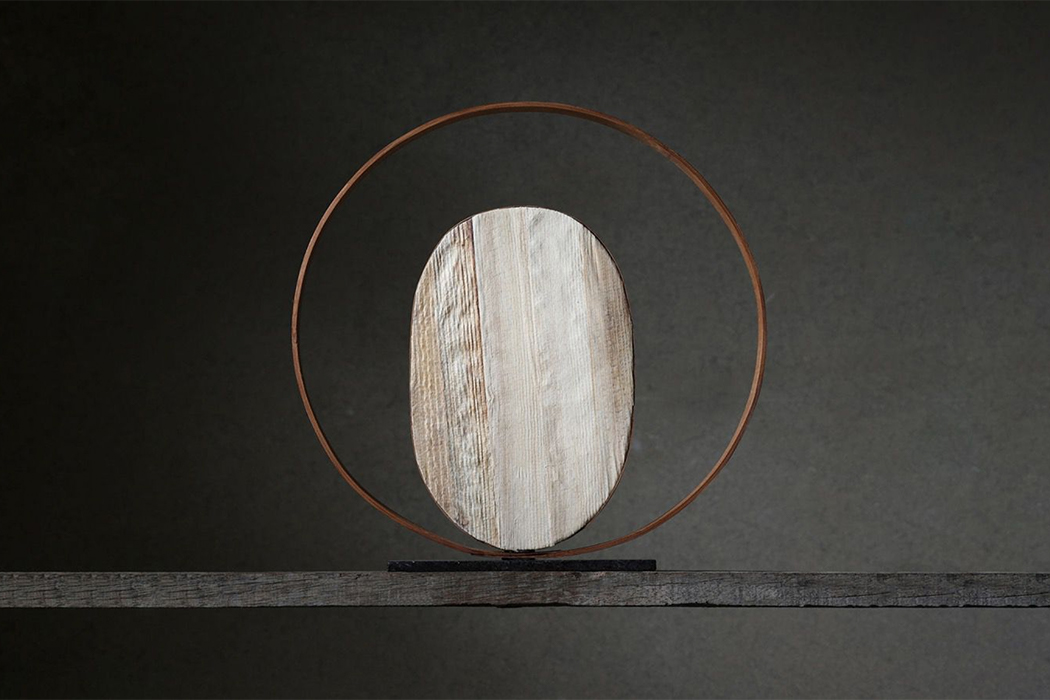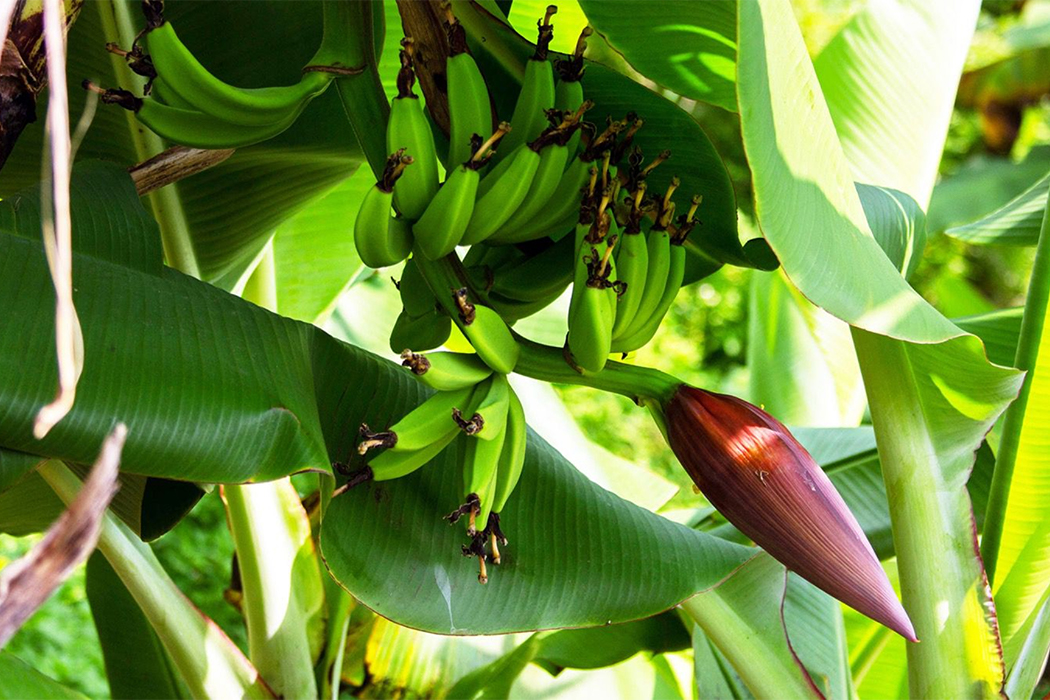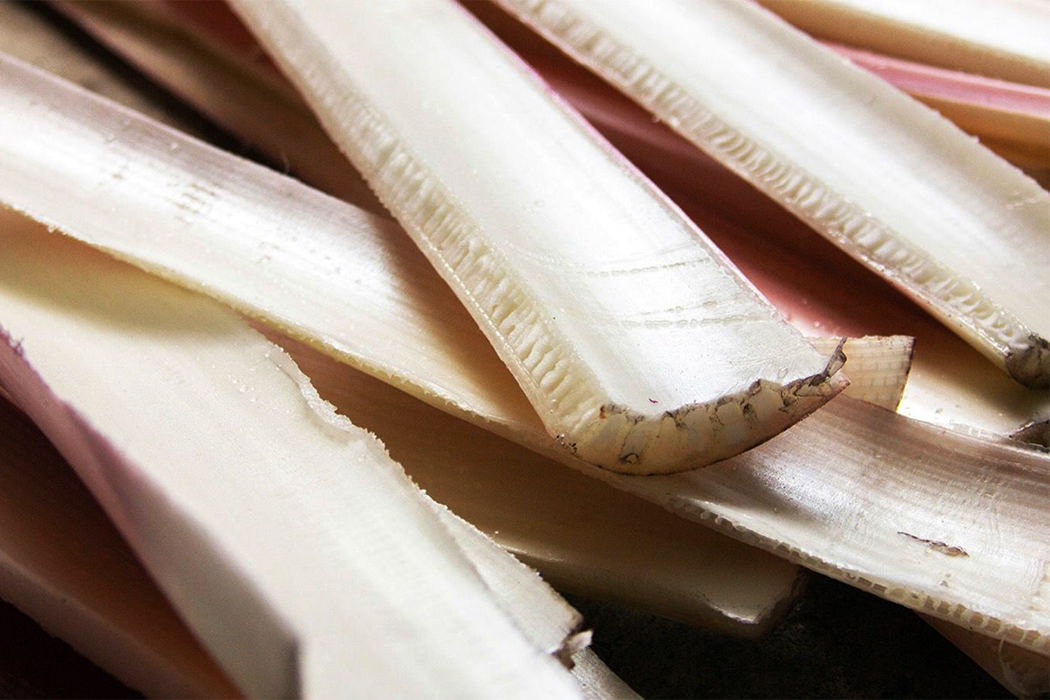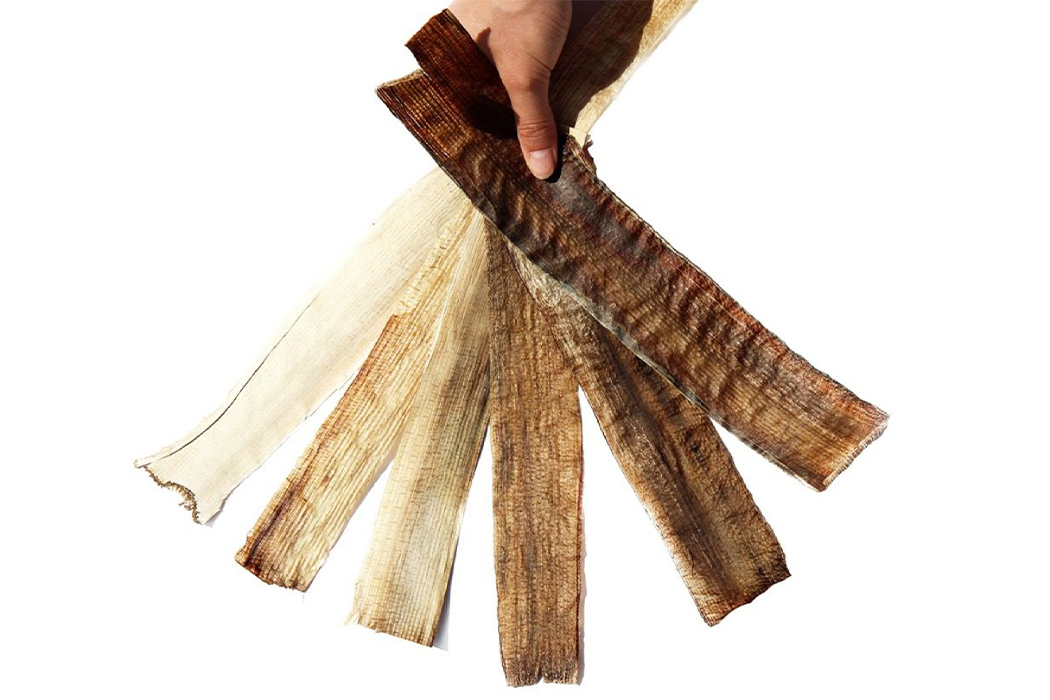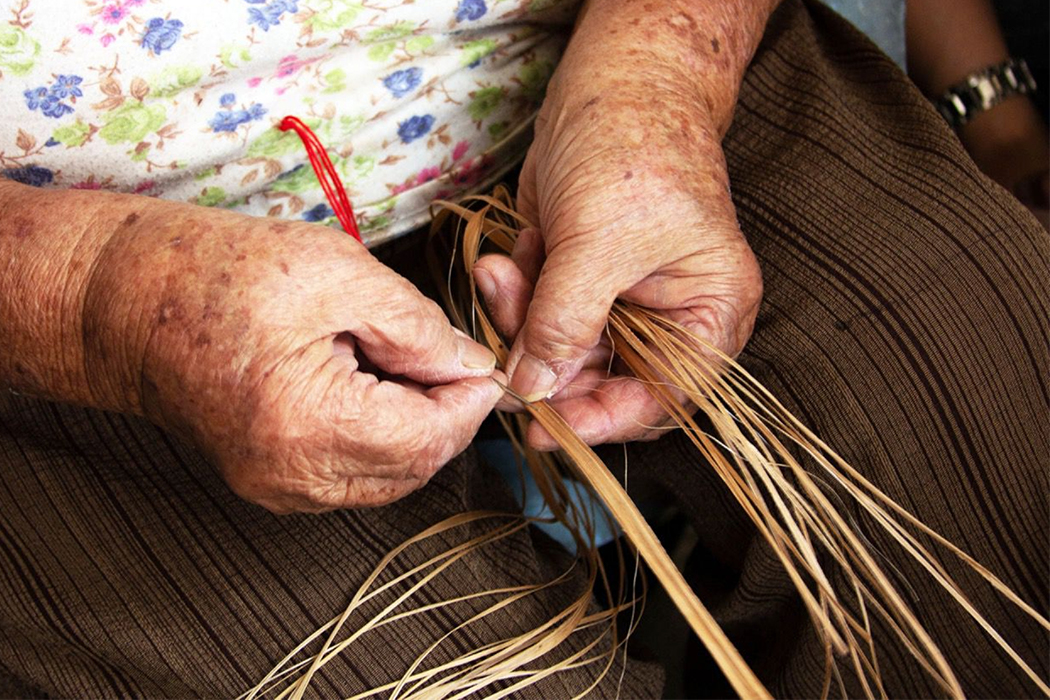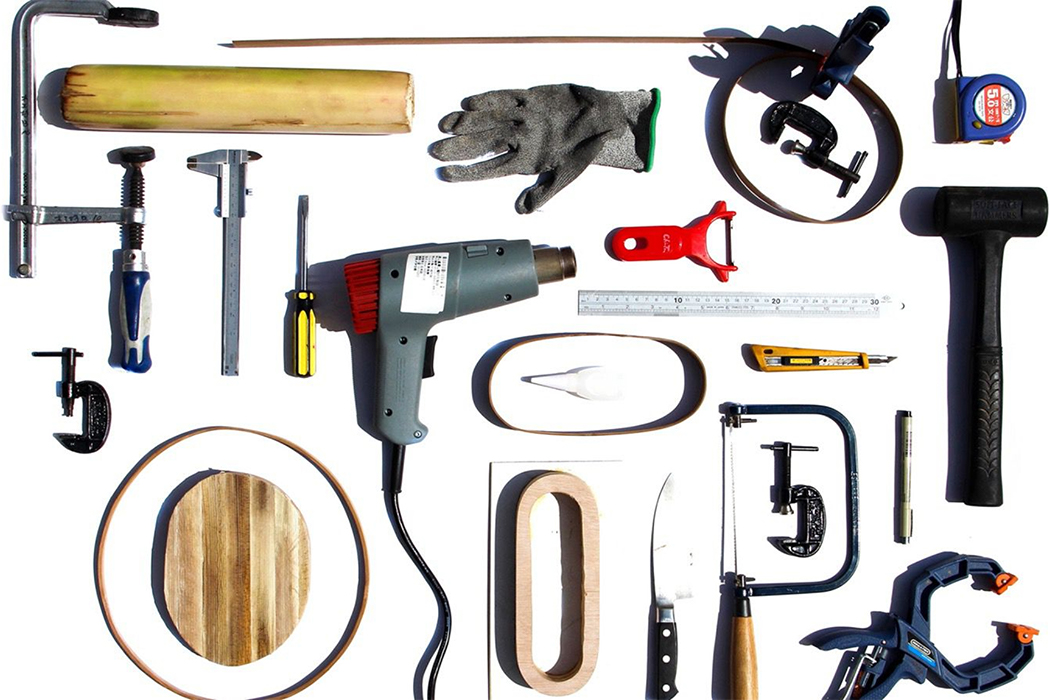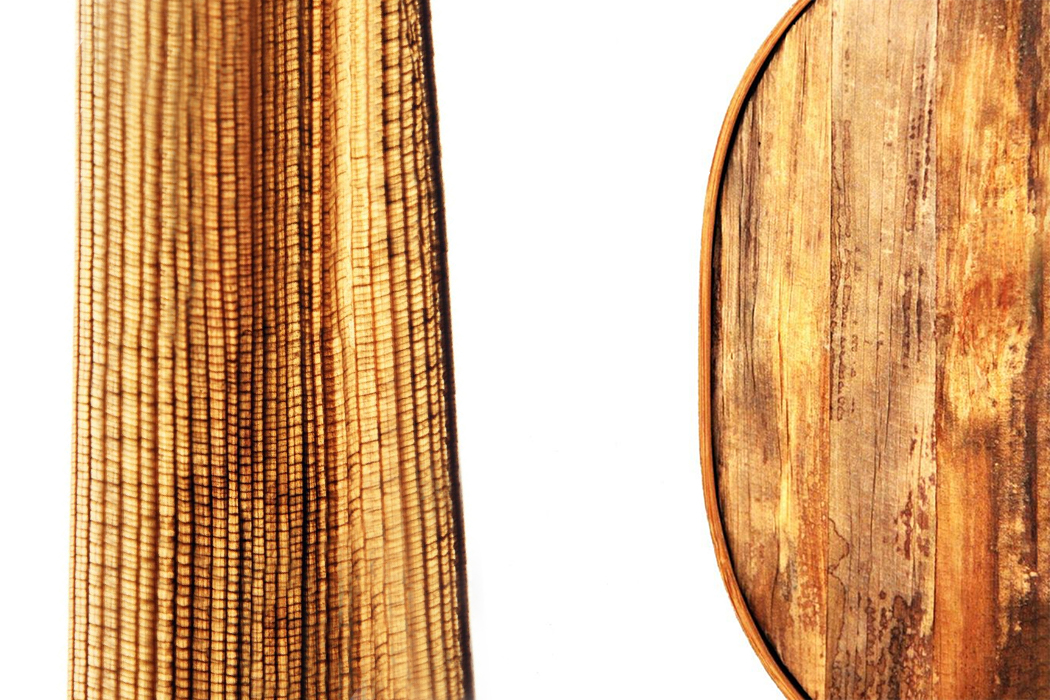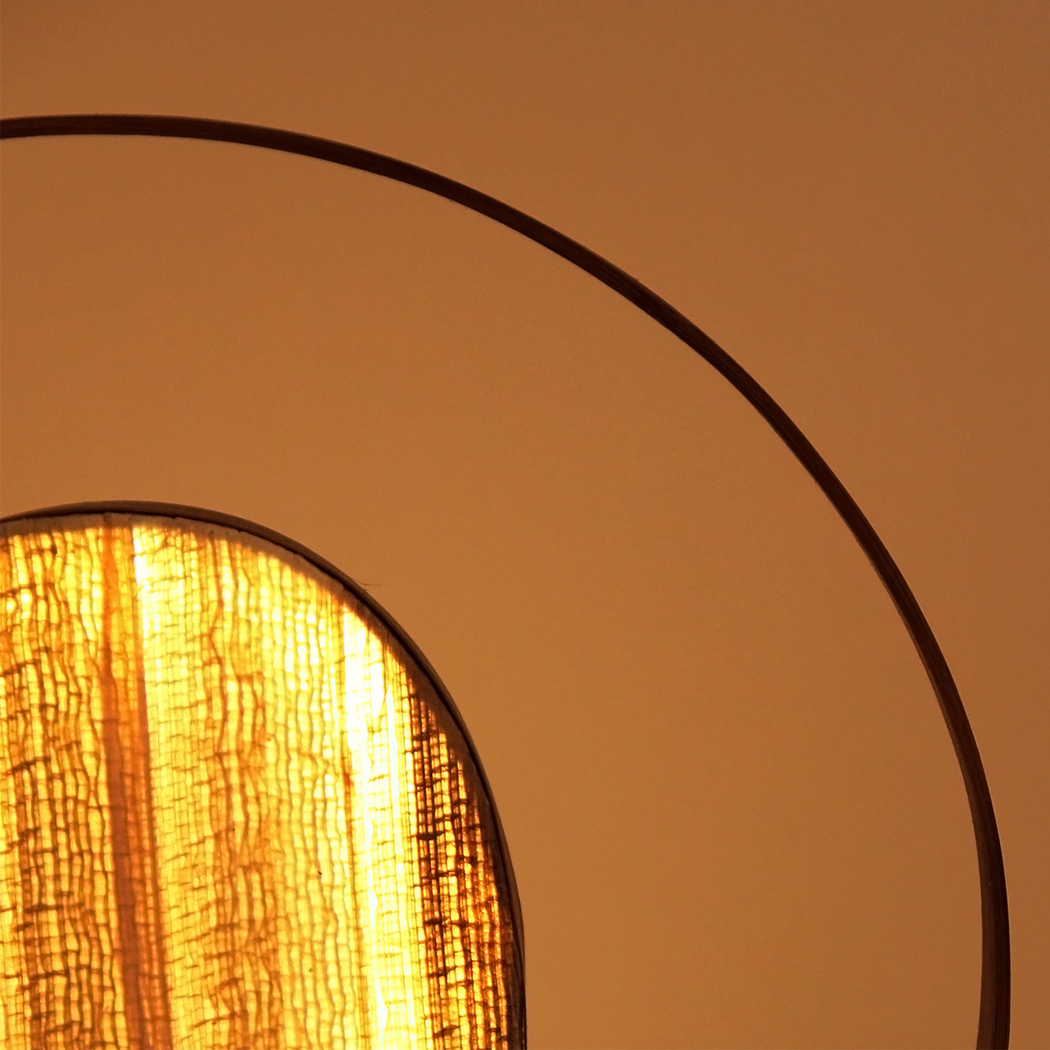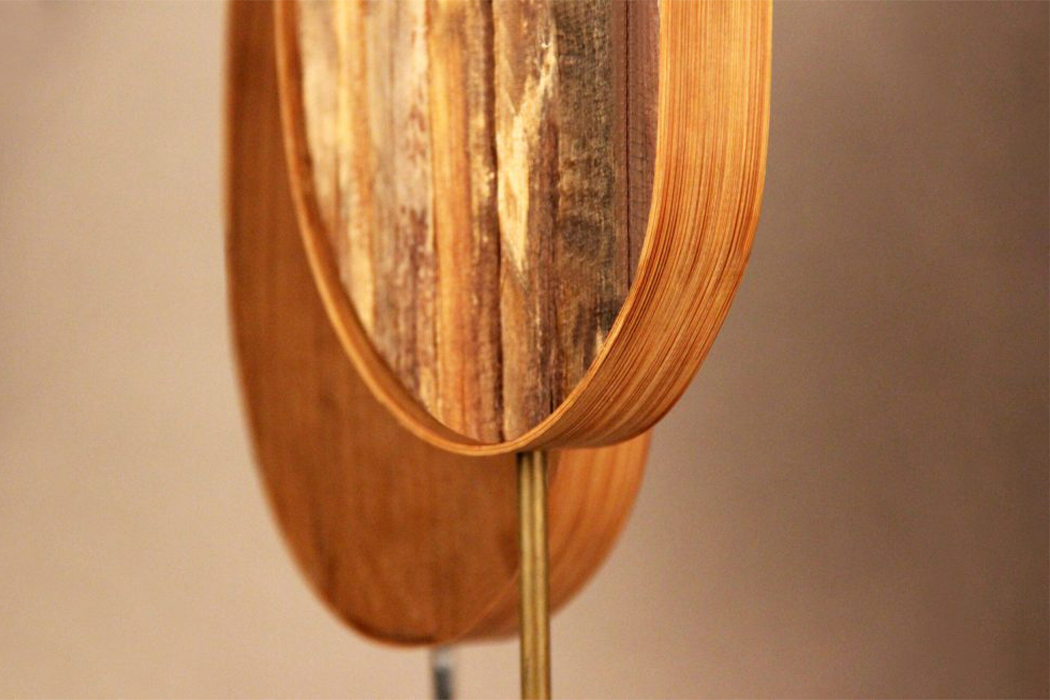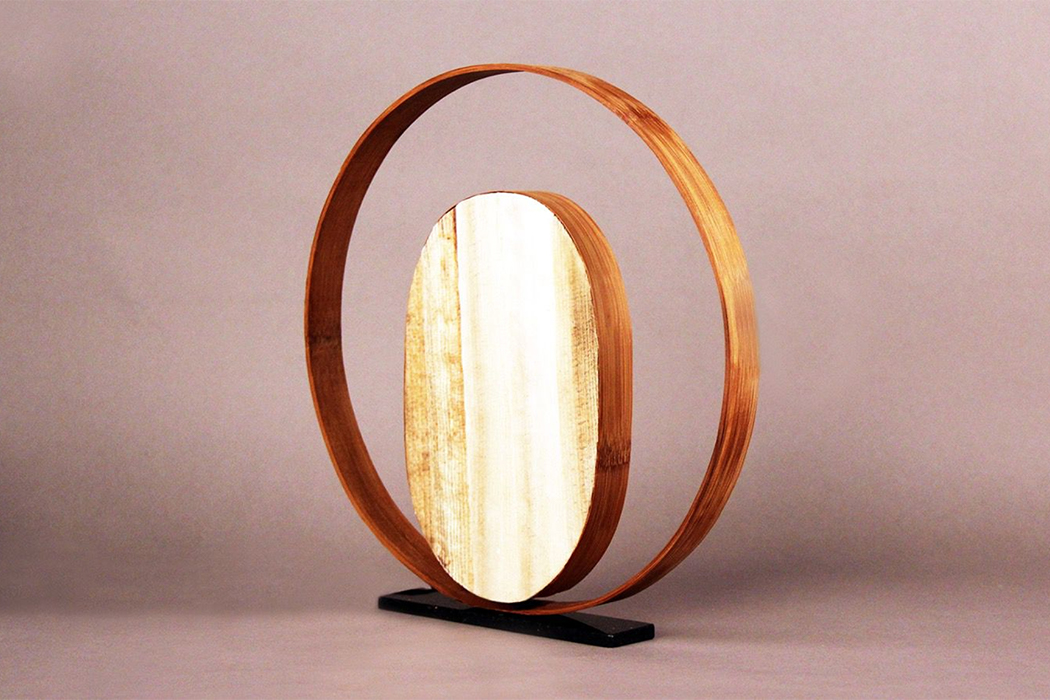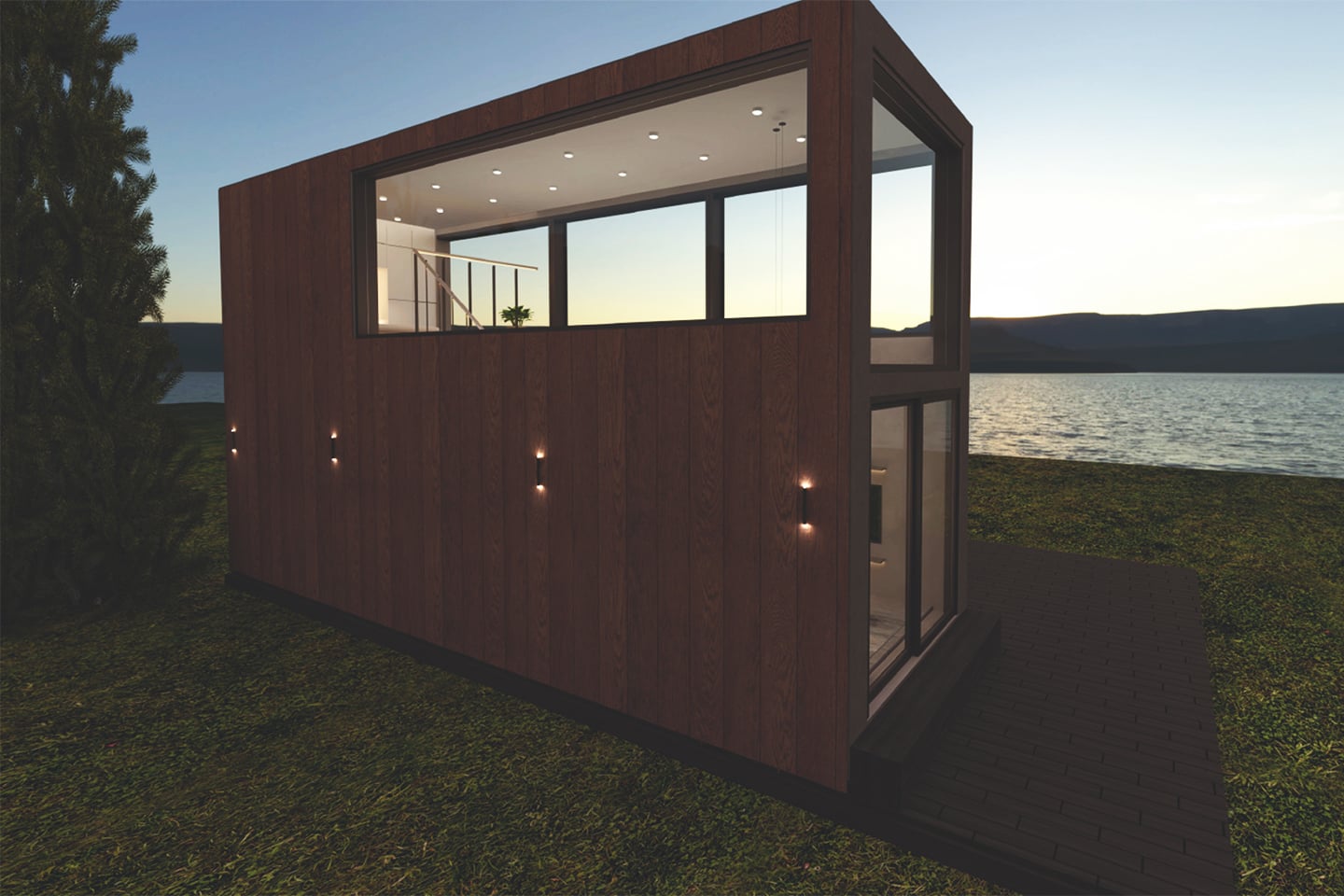
Sustainable architecture is how we can make a large impact on the collective carbon footprint as residents and also for the construction industry which is the leader for carbon emissions. The more sustainable structures we have, the faster we can take bigger chunks of carbon away rather than just using less plastic for one essential item. Wai House is a perfect example of that, ‘wai’ means water in Maori and that is the core of this modern home‘s design.
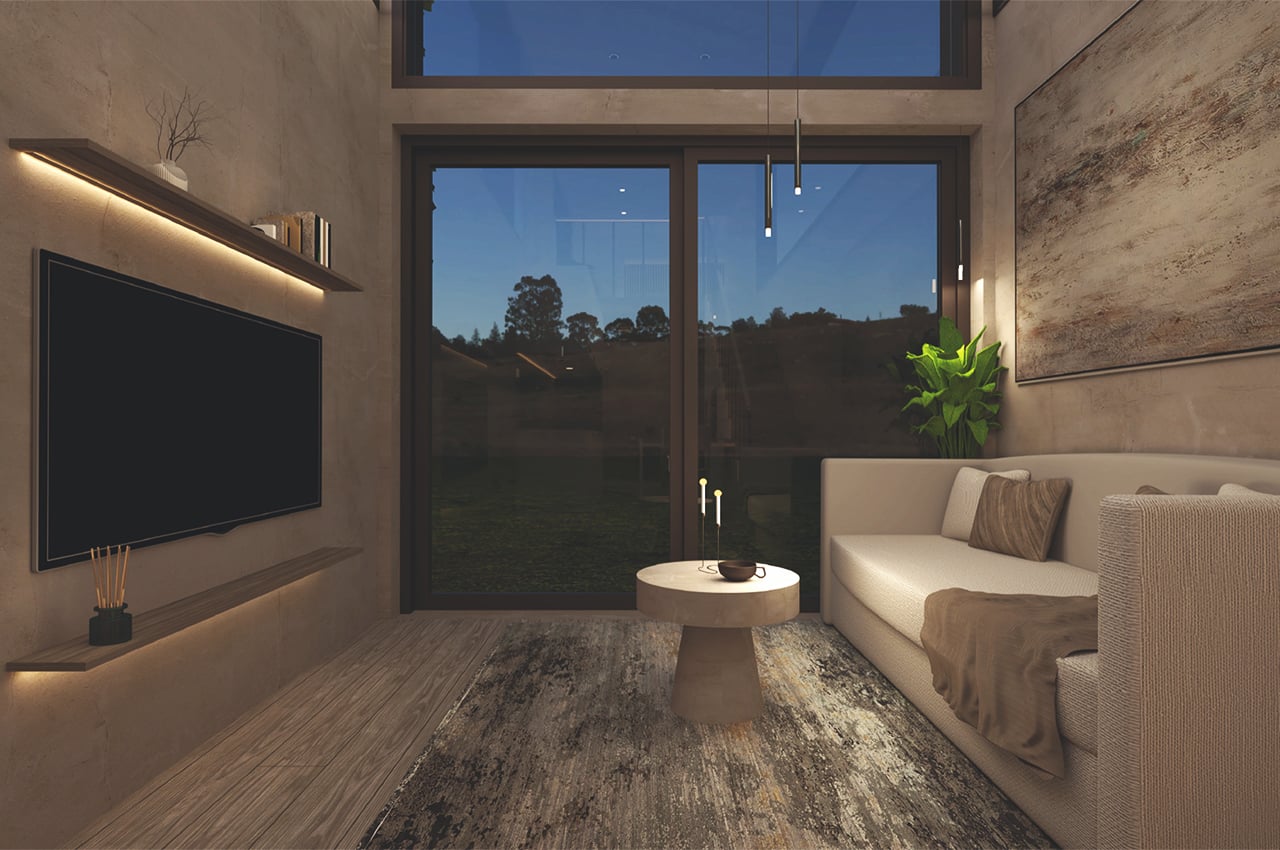
The modern architectural concept is designed to be built in New Zealand and focuses on collecting water and using it sustainably. The house itself is constructed with sustainable materials, cedarwood is used for the exterior cladding and the interiors use concrete with recycled plastic instead of sand. It has an almost Japandi-inspired aesthetic which is elegant enough on its own without taking away from the environment it is in.
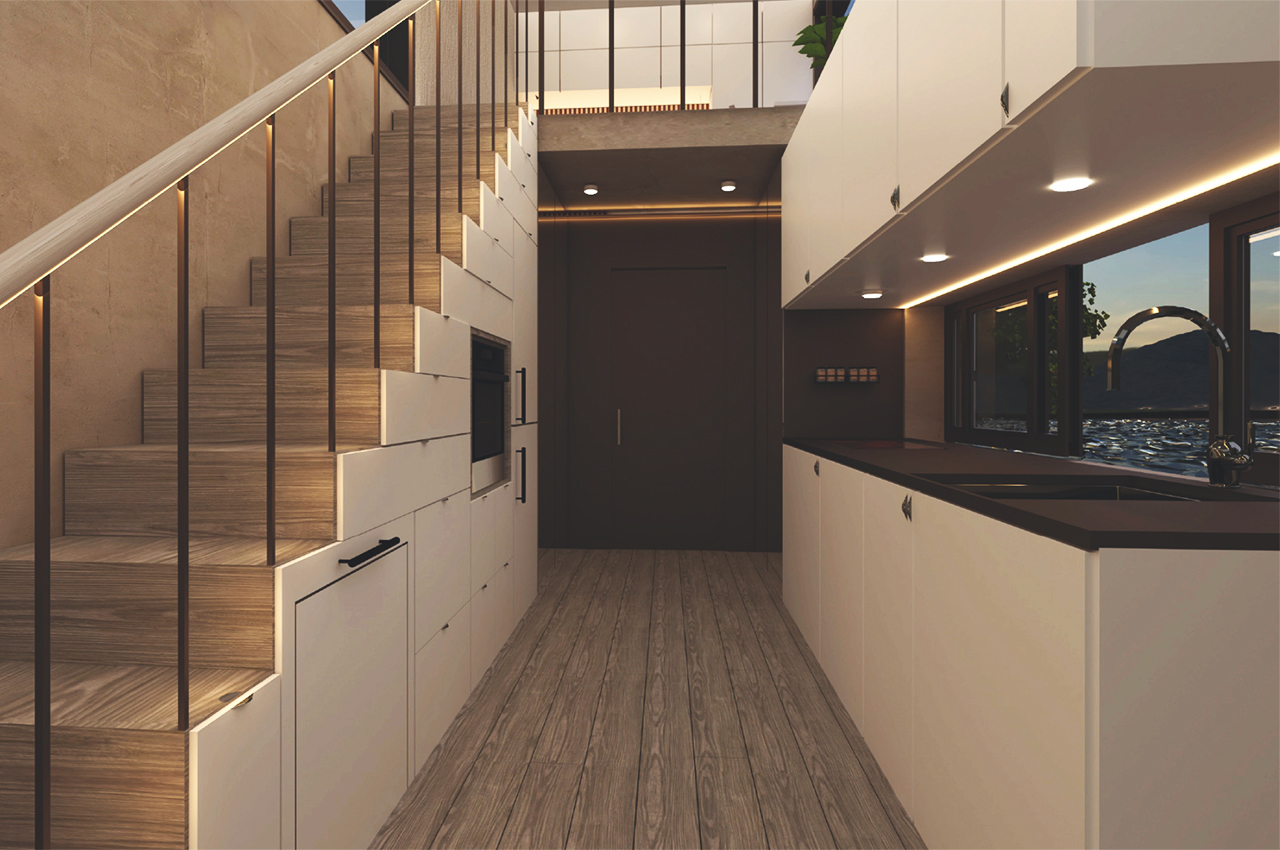
It is designed to collect and store rainwater for use with systems in place that funnel it to the kitchen, bathroom, and outdoor greenery. Since it is just a concept, there is potential for it to become even more sustainable by adding solar panels for energy efficiency. New Zealand also has a rich cultural heritage and that can be incorporated into the interiors through the fabrics used or the artwork to foster a stronger bond with the local community and give back to them.
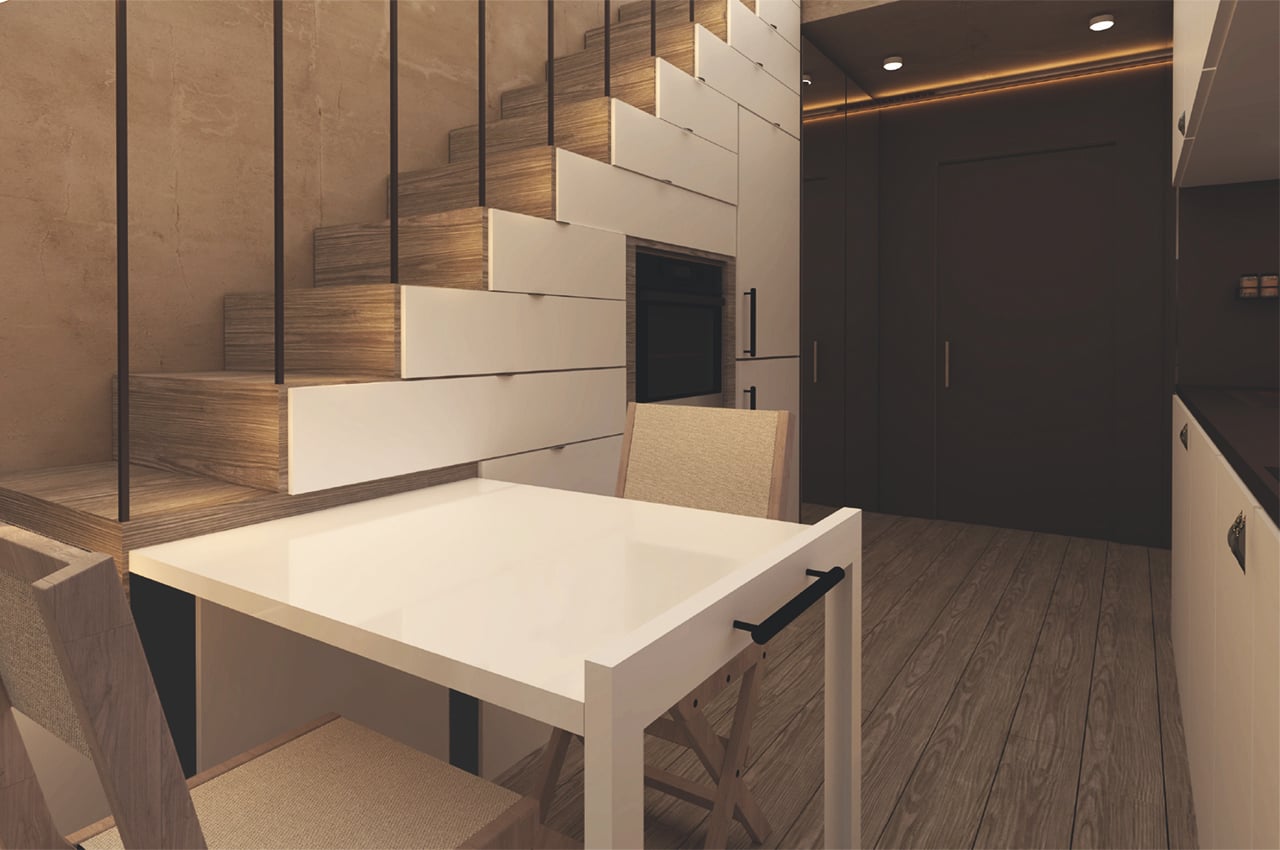
Wai House is perfect for a young couple who is willing to leave the traditional living standards and move to a smaller, yet spacious tiny home. With a smaller floor area compared to a traditional townhouse, the carbon footprint is also smaller and more so with the eco-conscious construction materials used. Wai House is also one of the noteworthy entries for the Green Product Award 2021 and we can see why – it perfectly blends minimalism, luxury, and sustainability into one compact home!
Designer: Marbella Design Academy
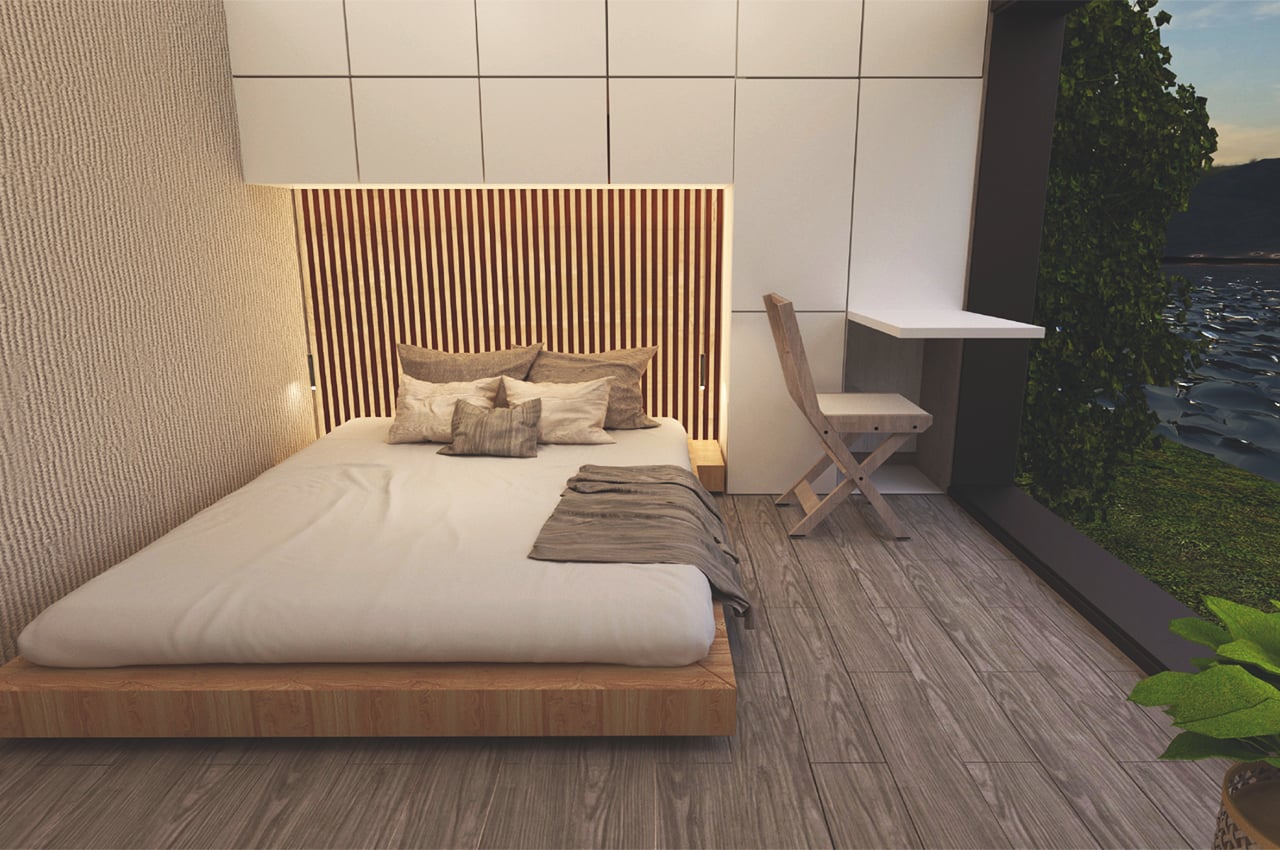
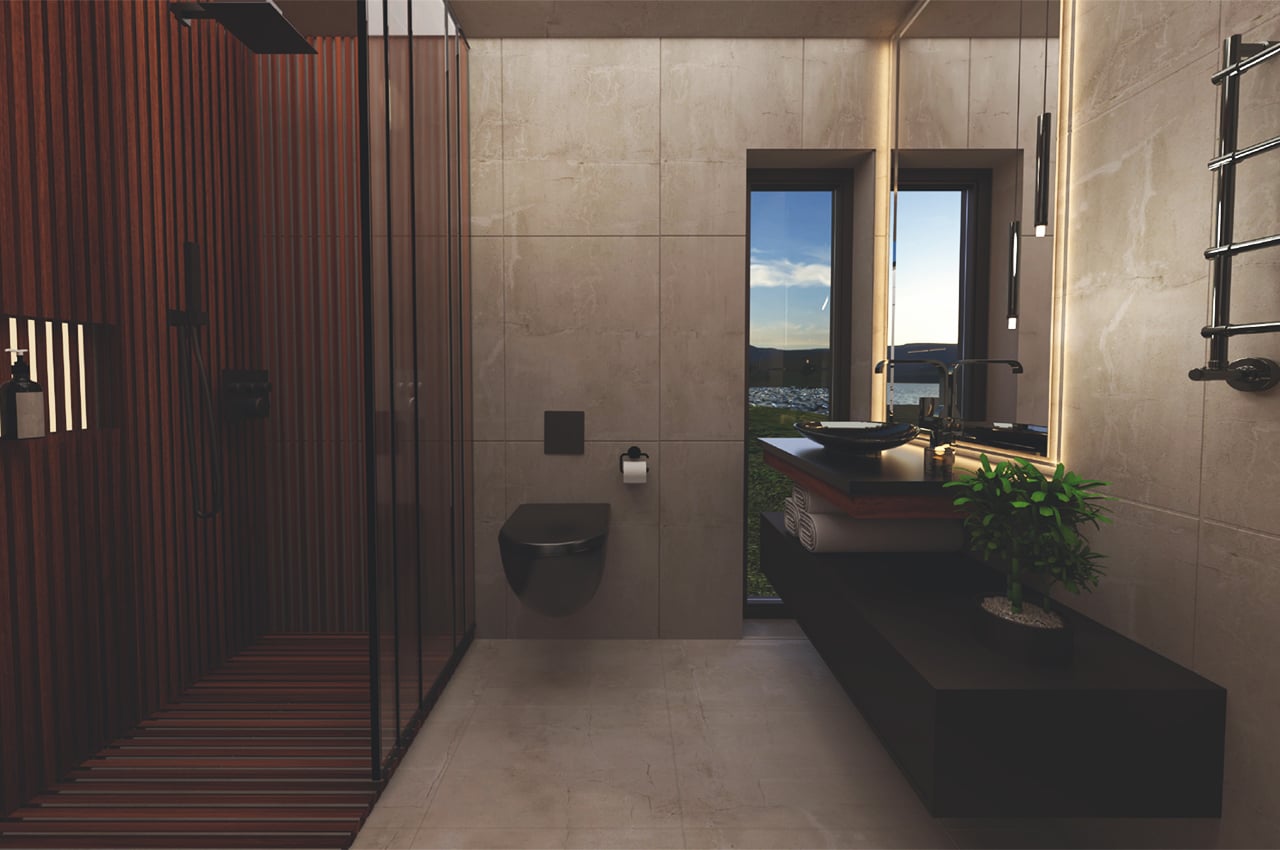
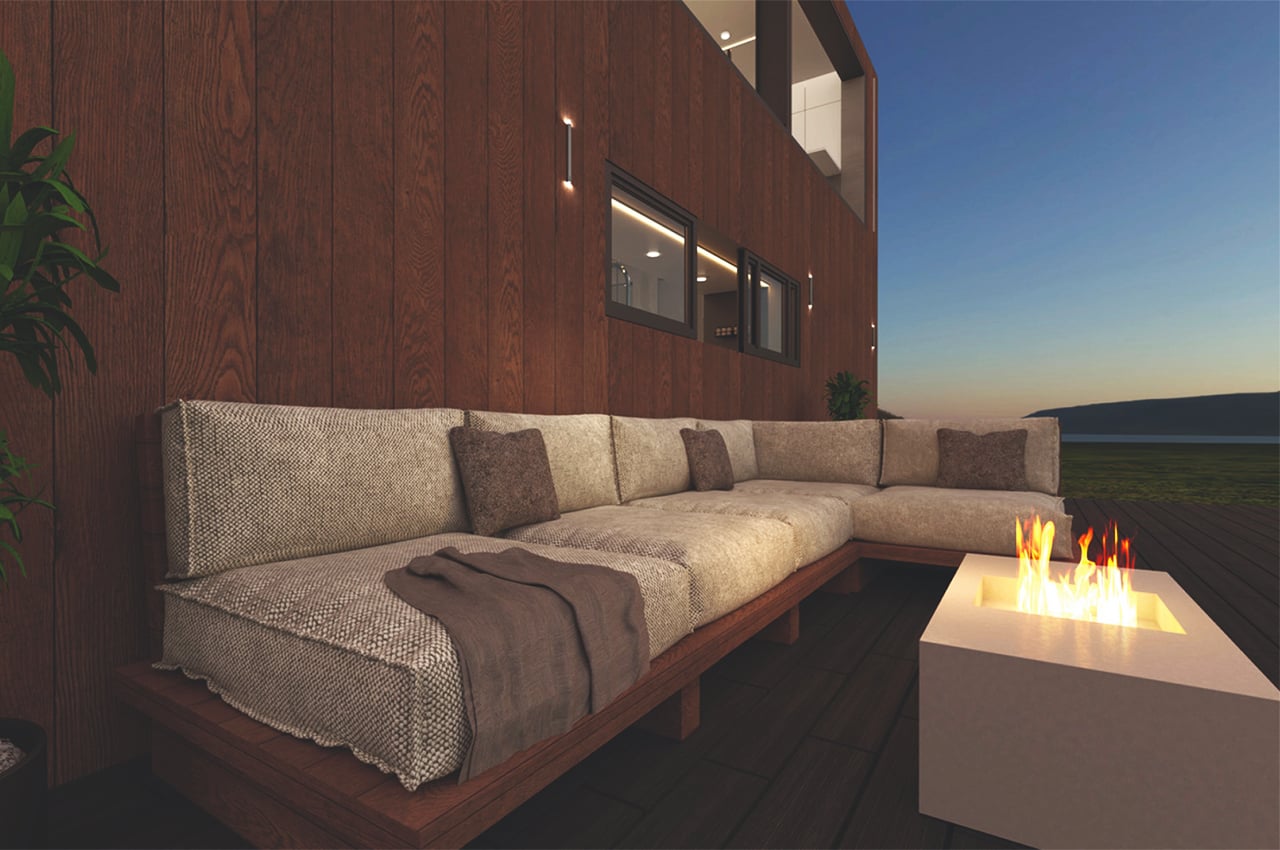
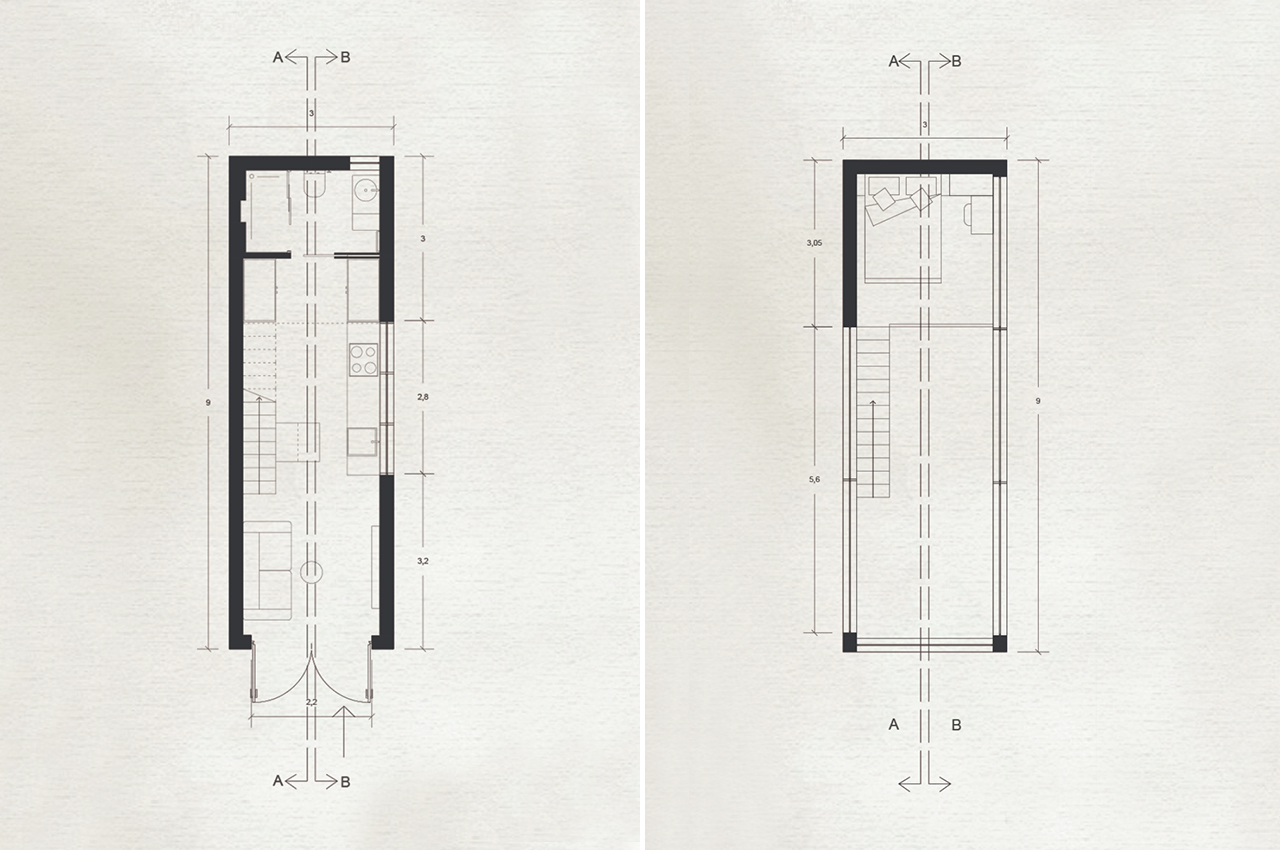
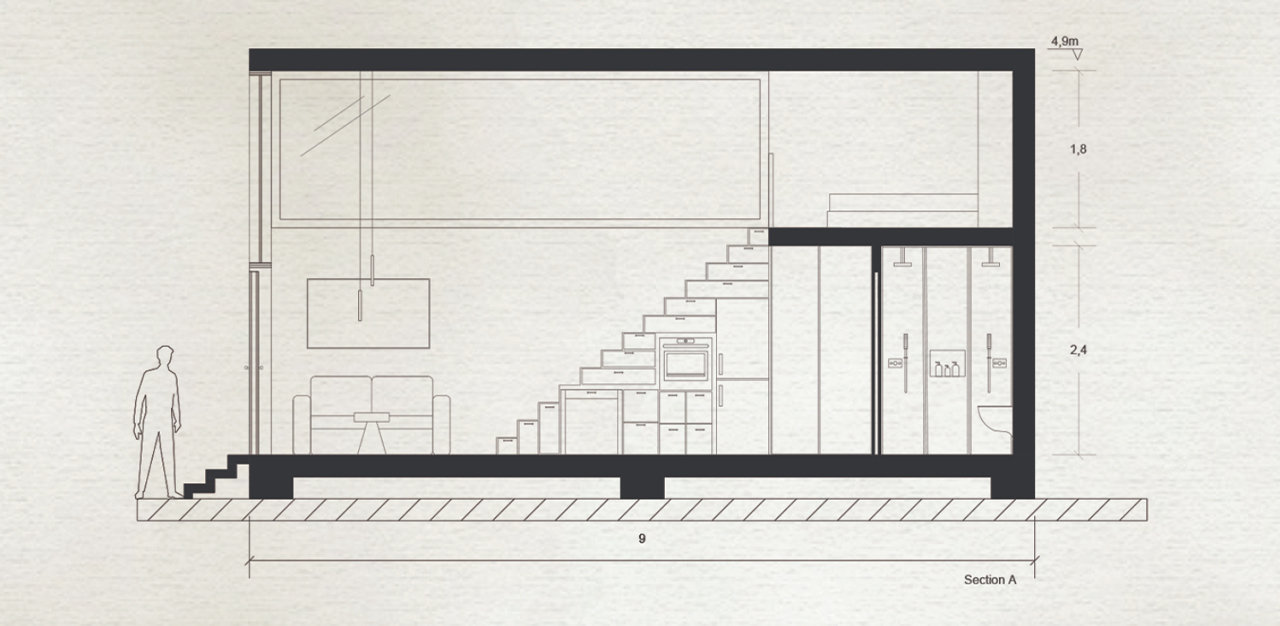
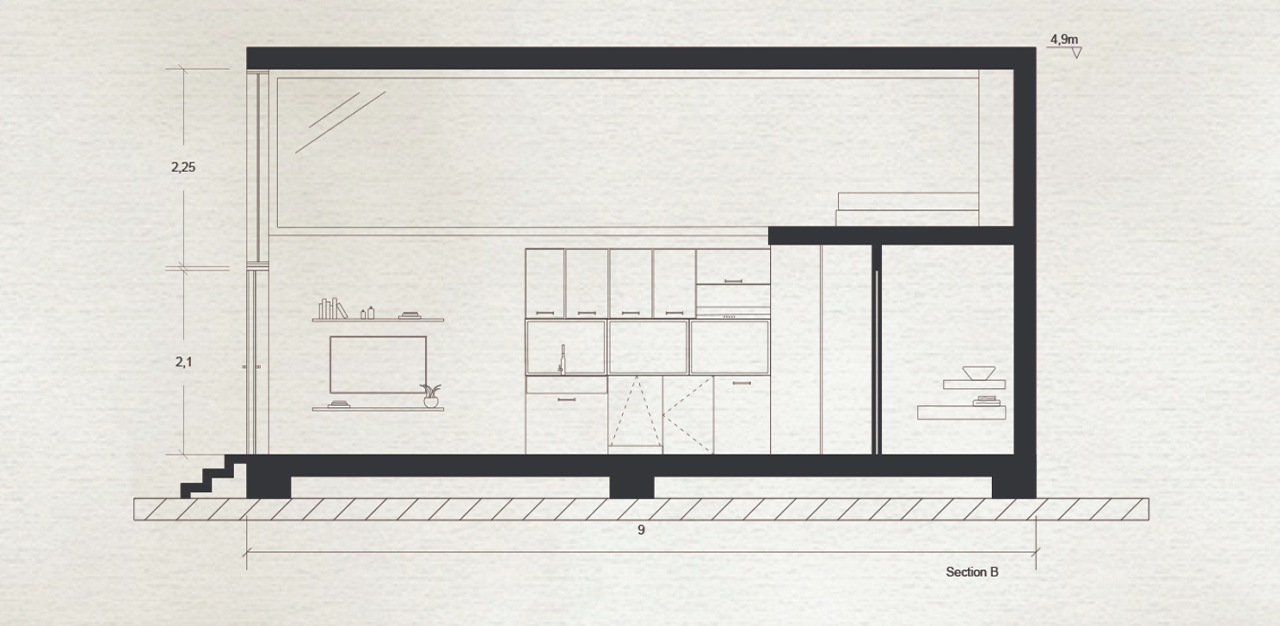
The post This modern tiny home is all about harvesting & using water sustainably! first appeared on Yanko Design.
